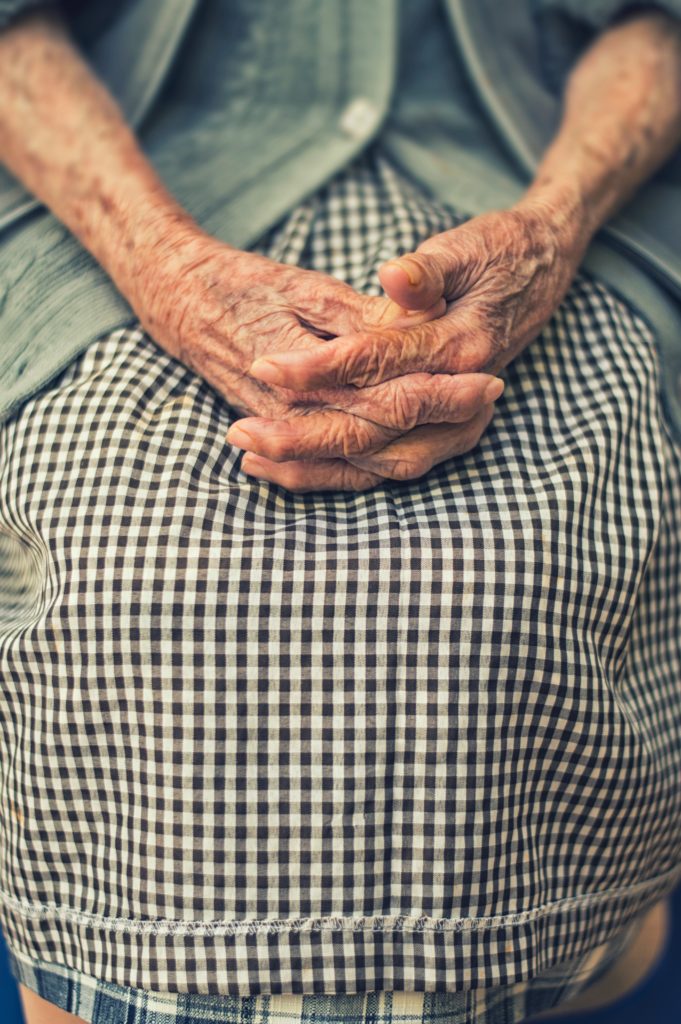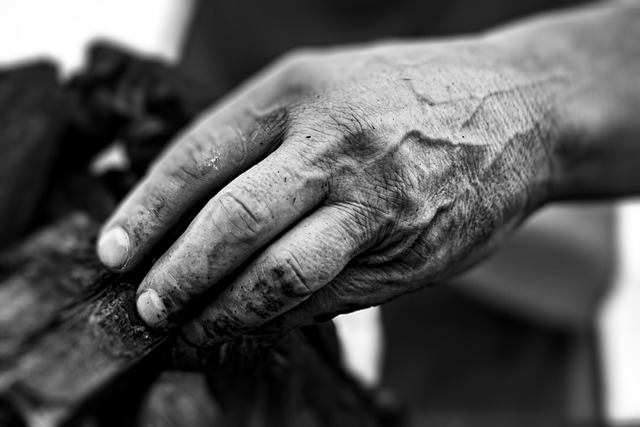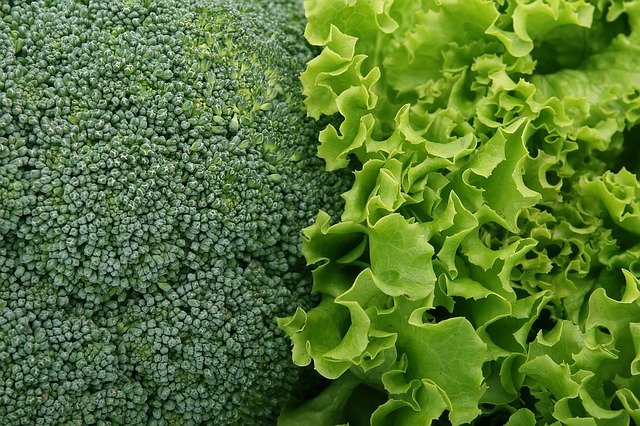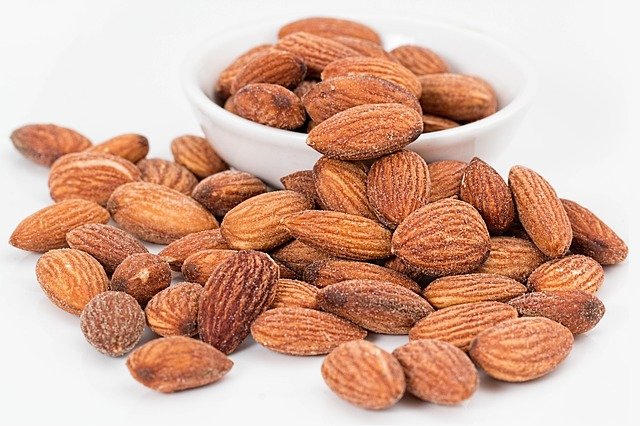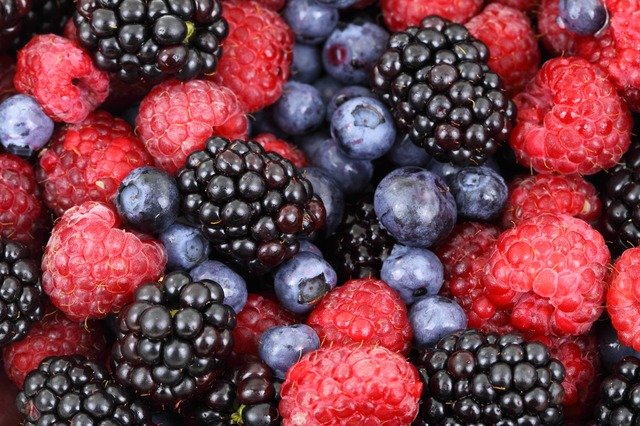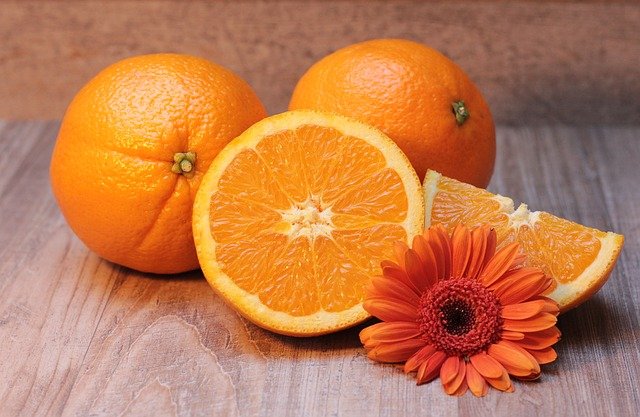Age-Related Thin Skin. Skin is naturally thinner on some parts of the body. For example, the skin on the eyelids is only 0.5 millimetres (mm) thick, while the skin on the heels can be up to 4 mm thick. And the skin is made up of three layers, each with a different role:
- The hypodermis is the innermost layer, made up of tissue, fat, and sweat glands. 2. The dermis is the next layer, which contains the nerves and blood supply. 3. The epidermis is the outermost layer of skin, which is a barrier against dirt and bacteria.
So then, thin skin means that the epidermis is not as thick as it should be. Consequently, the hypodermis may also have less fat, resulting in this layer being thinner. However, by itself, thinner skin should not cause any medical problems. Also, a person may find that their skin gets damaged or bruises more easily. In addition, damage or bruising can happen with any contact with hard objects.
Symptoms of Thin Skin
Age-Related Thin Skin. When thin skin develops an appearance like tissue paper, it’s called crepey skin. Hence, thin skin is a common condition in older adults and is most noticeable in the face, arms, and hands. As a result, a person with thin skin may find that they can see the veins, tendons, bones, and capillaries under the skin of their hands and arms.
So then, when a person has thin skin, it can look more transparent. And they might be able to see veins, bones, or tendons much more clearly. Also, your can easily damage thin skin. And a person may notice that their skin bruises or tears after minor injuries. Furthermore, a loss of fat from the hypodermis causes the skin to look less plump or full. Which can make the skin appear thinner.
Causes of Thin Skin
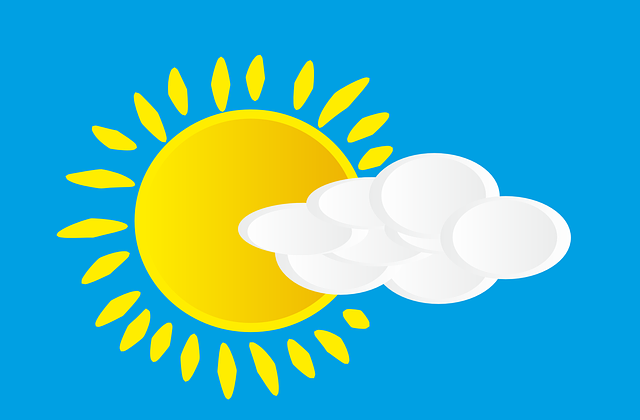
Thin, fragile skin is a symptom of age that many older adults experience. Fragile skin is caused by various factors, including ageing, sun exposure, medications and genetics. Thinning skin can be very easily lacerated or torn by just a minor accidental bump against something hard. The condition of fragile and thin skin is more common than you might think. Most of us develop thin skin on our lower legs and forearms, mainly due to advancing years.
Skin Health and Ageing
Thin, fragile skin is a natural part of ageing. It occurs as your skin loses its protective fat layer. Unfortunately, these changes mean that just rubbing, pulling or stretching your skin in any way can tear it. The blood vessels in your skin are also more likely to break. Ageing also means that your body is slower to heal. Although such injuries may be minor, they can take up to four times longer to heal older adults. This means that even small abrasions have the potential to become infected or turn into skin ulcers.
Skin ageing is normal, but it can certainly be unpleasant. Fortunately, the foods you eat play a major role in how your skin is ageing. There are also various lifestyle changes you can make and supplements you can take to reduce the fragility of your skin and improve overall skin health.
Fragile Skin and Nutrition
Skin deteriorates quickly without proper nutrition. Consequently, the body needs a good supply of vitamins and minerals for it to continue functioning well. And one of the main effects of poor nutrition is thin skin. So then, the skin thins out because the integumentary system cannot produce enough collagen to support skin tissues. Furthermore, collagen is an integral part of our integumentary system. Therefore, to support the body’s collagen-producing functions, you need to eat the following foods:
1. Green leafy vegetables.
Green leafy vegetables are great sources of vitamins and minerals. But what makes leafy vegetables beneficial to the skin is their copper content. In addition, copper is a trace mineral that is also found inside our bodies. Hence, our body needs this for the production of copper peptides. Furthermore, these peptides aid in the production of collagen. So then, you need to eat a good serving of vegetables in every meal. Also, make sure you have something leafy on your plate. Broccoli is a good choice.
2. Nuts.
So then, nuts contain healthier types of proteins. And also contain copper. Besides, protein is a raw ingredient for collagen production. Hence, your body converts simple proteins into functional ones to improve skin elasticity. Also, some nuts contain lightning properties. Almond nut is a good example.
3. Berries.
Almost everyone likes to eat berries. This is because berries are not only great sources of vitamins and minerals; they are also great sources of antioxidants. And antioxidants are imperative for the protection of skin cells. Also, as we get older, harmful free radicals attack and damage skin cells. Because of these damages, the integumentary system weakens essential dermis components such as collagen. As a result, your body needs something to help fight harmful free radicals.
4. Citrus fruits
These fruits are great sources of vitamin A and C. As a result; Vitamin C helps reduce sun damage and helps double up collagen production. And Vitamin A is needed for the repair of damaged skin tissues. Together they will help counteract the damages your skin experiences daily. In addition, you also need external food for your thin and fragile skin. So, use a moisturizer to feed your dermis with good nutrients. Namely, look for a product that contains CynergyTK, Phytessence Wakame and Nano Lipobelle HEQ10.
CynergyTK is an ingredient that has been extracted from the wool of sheep. So then, this infuses functional keratin into the skin. Furthermore, keratin is responsible for the growth of collagen. Phytessence Wakame is sea kelp often used by Japanese people as an ingredient for sushi. And this ingredient helps preserve healthy levels of hyaluronic acid. Also, this acid is essential for collagen lubrication. Finally, Nano Lipobelle HEQ10 is an antioxidant that can protect your cells from the harmful effects of free radicals.
In Conclusion
Your skin is an important barrier against dirt and infection. Protection from ultraviolet rays emitted from the sun is essential. A sensible diet will help to repair damage from free radicals and the sun. A recommended moisturiser is vital for feeding your skin and keeping it soft.
Important Note *
Remember that everyone is different, and it is ultimately YOUR RESPONSIBILITY to find what your body responds to… So please do your own due diligence before trying anything new, including getting Medical Advice to ensure your safety and peace of mind.
Connect with me and leave a comment or two on my social media…
